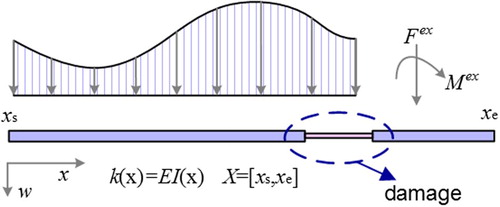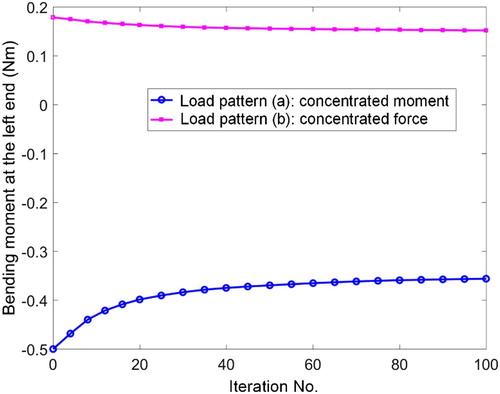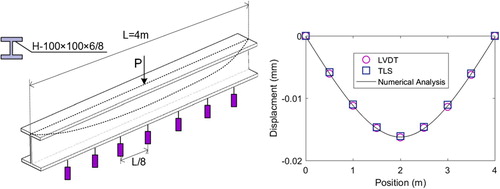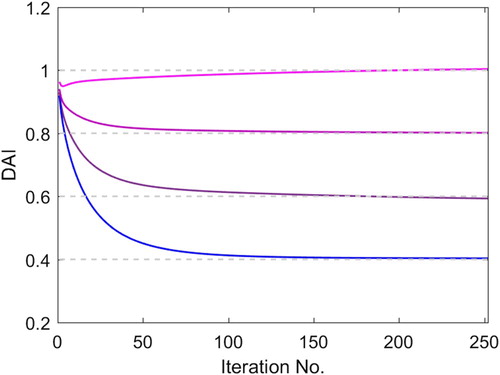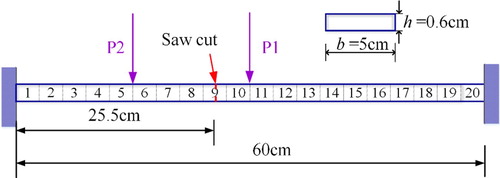Figures & data
Table 1. A two-step substitution algorithm for min-CRE approach under multiple sets of static measurements w.
Table 2. A two-step substitution algorithm for modified min-CRE approach under multiple sets of static measurements w.
Figure 3. Damage identifications in propped cantilever beam: (a) 25 elements under single load pattern and two load patterns, (b) 50 elements under two load patterns, (c) 100 elements under two loads pattern and three load patterns and (d) 200 elements under three load patterns.

Figure 6. Second moment of area identified by modified min-CRE approach comparing to the theoretical second moment of area of simply supported beam.
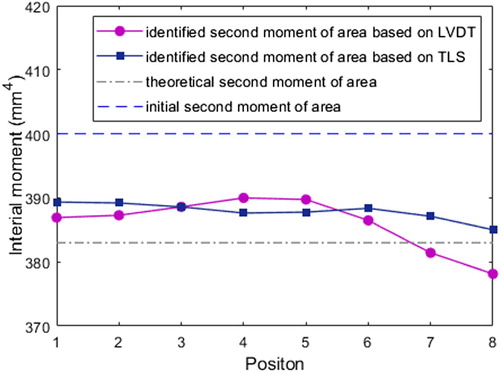
Figure 7. Geometry, damage location and load cases of three-span continuous beam (D1-damage case 1, D2-damage case 2).
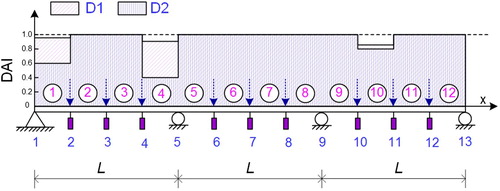
Figure 8. Mean values and standard deviations of DAI with 0.1 mm noise for: (a) small damage case D1 by min-CRE approach, (b) small damage case D1 by modified min-CRE approach, (c) large damage case D2 by min-CRE approach, (d) large damage case D2 by modified min-CRE approach.

Figure 10. Displacement fields rebuilt by modified min-CRE approach comparing to the displacement boundary.
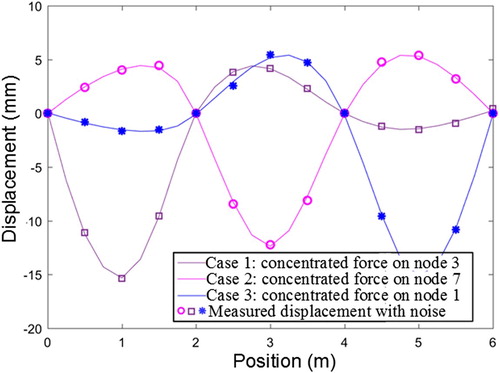
Figure 12. DAI from the min-CRE approach vs. NDE from referred approach [Citation58].
![Figure 12. DAI from the min-CRE approach vs. NDE from referred approach [Citation58].](/cms/asset/6f0aa779-39c6-45fd-b995-c6223b9bad4a/gipe_a_1553965_f0012_oc.jpg)

